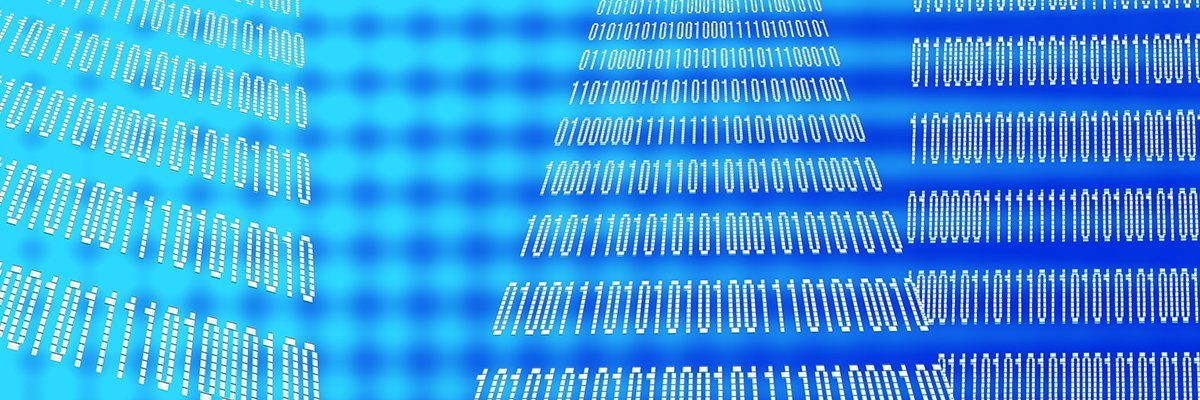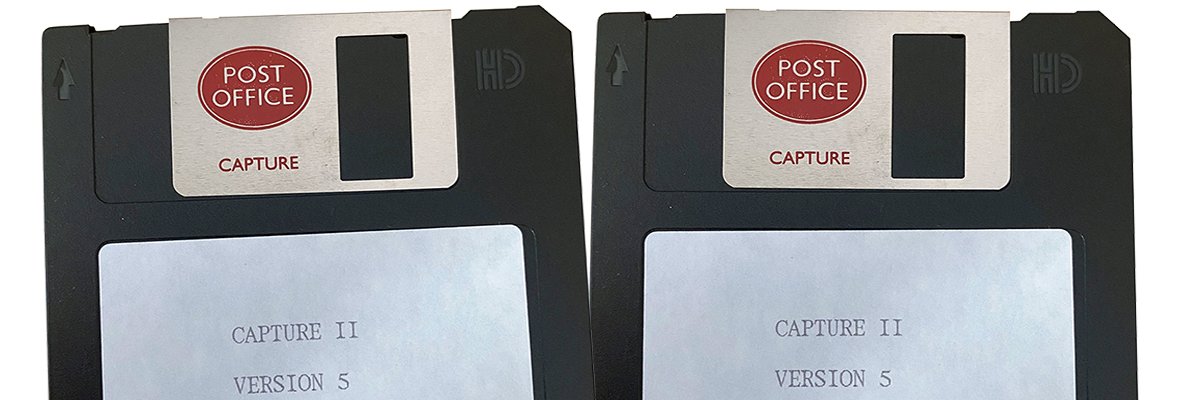electronic circuit board assembly
Electronic circuit board assembly relies on a variety of materials to ensure the functionality, reliability, and performance of printed circuit boards (PCBs). These materials are carefully selected based on their electrical, mechanical, thermal, and chemical properties to meet the specific requirements of the application. From the substrate that forms the foundation of the PCB to the conductive traces, solder mask, and surface finish, each material plays a crucial role in the assembly process.
The substrate material, often referred to as the core, is the base material upon which the circuitry is built. The most common substrate material used in electronic circuit board assembly is fiberglass-reinforced epoxy resin, known as FR4. FR4 offers excellent mechanical strength, dimensional stability, and electrical insulation properties, making it suitable for a wide range of applications. However, other substrate materials such as polyimide and ceramics may be used for specialized applications that require higher temperature tolerance, flexibility, or performance in harsh environments.
Conductive materials are essential for creating electrical pathways on the PCB. Copper is the most commonly used conductive material due to its high conductivity, availability, and cost-effectiveness. Thin layers of copper foil are laminated onto the substrate surface during the manufacturing process, and then etched to create the desired pattern of conductive traces that form the electrical circuitry. Advanced materials such as silver, gold, and aluminum may also be used for specific applications that demand higher conductivity or corrosion resistance.

What materials are typically used in electronic circuit board assembly?
To protect the conductive traces and prevent unintended electrical connections, a solder mask is applied over the surface of the PCB. Solder masks are typically made of epoxy-based polymers that provide insulation and protection against environmental factors such as moisture, dust, and chemical contaminants. The most common color for solder masks is green, but they are also available in other colors such as red, blue, and black for aesthetic or functional purposes.
Surface finish materials are applied to the exposed copper surfaces of the PCB to prevent oxidation and facilitate soldering during assembly. Common surface finish materials include tin-lead (solder), lead-free solder alloys (e.g., tin-silver-copper), immersion gold, immersion silver, and electroless nickel immersion gold (ENIG). Each surface finish has its own advantages and considerations in terms of solderability, cost, durability, and compatibility with assembly processes.
In addition to these primary materials, electronic circuit board assembly may also involve the use of various adhesives, coatings, and encapsulants to enhance performance, reliability, and protection against environmental factors. Adhesives are used to bond components to the PCB substrate, while coatings and encapsulants provide insulation, moisture resistance, and mechanical support for delicate components.
Overall, the materials used in electronic circuit board assembly are carefully chosen to meet the specific requirements of the application while ensuring reliability, performance, and cost-effectiveness. Advances in material science and manufacturing technology continue to drive innovation in PCB assembly, enabling the development of more efficient, reliable, and environmentally friendly electronic devices. As electronic technology evolves, so too will the materials and processes used in PCB assembly, shaping the future of electronics in industries ranging from consumer electronics to automotive, aerospace, and beyond.



